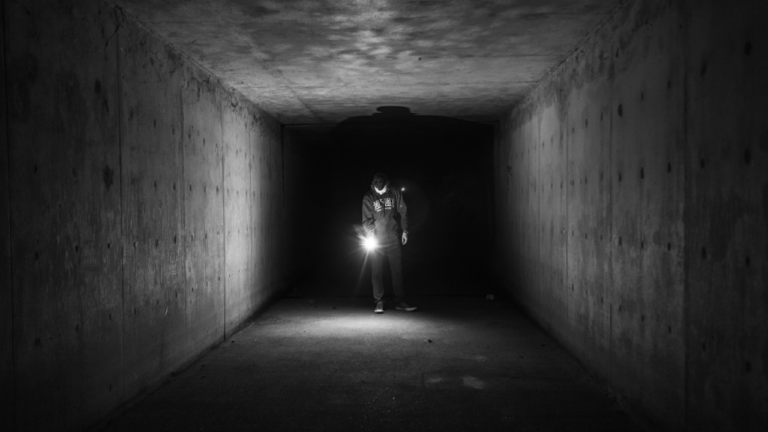How to Master Clue Deduction in Murder Mystery Games

One of the most exciting aspects of a murder mystery game is the thrill of uncovering clues and piecing together the story to solve the case. While gathering clues may seem straightforward, deducing their true meaning and connection to the case can be challenging. By mastering the art of clue deduction, you can sharpen your detective skills and solve mysteries with confidence and efficiency. Here’s a guide on how to excel at clue deduction in murder mystery games, helping you become a top sleuth.
1. Understand Each Clue’s Context
In a mystery, every clue has a story to tell, and understanding its context is crucial. Clues are rarely random; their surroundings, timing, and connections often reveal hidden truths. Learning to analyze context will sharpen your ability to read between the lines and uncover critical insights.
- Why It Matters: Clues are often hidden in plain sight, and their context—where they were found, who found them, and what they relate to—can be just as revealing as the clue itself. Recognizing a clue’s setting and timing can give you insights into its relevance and reliability.
- How to Apply It: Note the location and character interactions surrounding each clue. For example, a broken vase near a character’s home could suggest a struggle, while the same vase in a communal area might mean it’s just incidental. Ask questions like, “Who had access to this area?” and “Could this have been left intentionally to mislead?”
2. Identify Connections Between Clues
Clues might seem scattered at first, but they usually form a coherent story when connected. Recognizing patterns and relationships between clues is often the key to solving complex mysteries. This approach allows you to see the bigger picture and piece together the storyline more effectively.
- Why It Matters: Individual clues might seem random or unrelated, but connecting them often reveals patterns or motives. Identifying links between clues can also point toward a timeline or give clues about a suspect’s alibi.
- How to Apply It: Arrange clues chronologically or group them by theme (e.g., items found at the scene, witness testimonies). Check for overlapping details, such as two suspects being near the same location at a given time, or two items that could logically be used together, like a weapon and a unique set of fingerprints.
3. Separate Facts from Red Herrings
Not everything that glitters is gold—especially in a mystery game. Red herrings are designed to throw you off, and distinguishing genuine clues from misleading ones is vital to staying on track. This skill saves time and helps you focus on what truly matters in solving the case.
- Why It Matters: Many murder mystery games intentionally include misleading clues, or red herrings, to make the case more challenging. Being able to differentiate crucial clues from distractions is essential to prevent time-wasting.
- How to Apply It: Approach each clue with a healthy dose of skepticism. If a clue seems overly dramatic or obvious, consider the possibility that it’s a red herring. Look for supporting evidence from other clues before you fully commit to it being relevant to the case.
4. Deduce Motives, Means, and Opportunities for Each Suspect
In any mystery, identifying the who, how, and why behind the crime is essential. By assessing each suspect’s motives, means, and opportunities, you can narrow down the suspect list logically and systematically, making your deductions more efficient and accurate.
- Why It Matters: Solving mysteries typically requires you to answer who, how, and why a crime was committed. By evaluating each suspect’s motives, access to potential weapons or evidence, and opportunity, you can narrow down the list of suspects.
- How to Apply It: For each suspect, create a simple chart listing their possible motive, whether they had the means (e.g., access to the murder weapon), and if they had the opportunity to commit the crime. This method helps you objectively eliminate suspects or zero in on likely culprits based on gaps or consistencies in the evidence.
5. Consider Unusual Perspectives
Mystery games are famous for their twists, and sometimes, the solution lies in thinking outside the box. Approaching the case from a new perspective can reveal overlooked details or alternate explanations that bring you closer to the truth.
- Why It Matters: Murder mysteries often come with unexpected twists, where the solution lies in seeing the situation from a new angle. Thinking beyond obvious answers can reveal hidden connections that others may overlook.
- How to Apply It: Challenge initial assumptions, and consider alternative scenarios. For instance, if everyone suspects the butler because he found the body, ask yourself, “Could someone have framed him?” By playing the devil’s advocate and questioning common beliefs, you’ll find yourself uncovering fresh perspectives that may reveal the true answer.
Final Thoughts
Mastering clue deduction in murder mystery games is both an art and a science. By understanding context, connecting clues, spotting red herrings, evaluating suspects systematically, and keeping an open mind, you’ll develop the keen sense of logic and creativity that top detectives rely on. The next time you step into a mystery, bring these strategies with you, and watch as you unravel complex plots with ease.






